Summer housing fosters equity, student research community
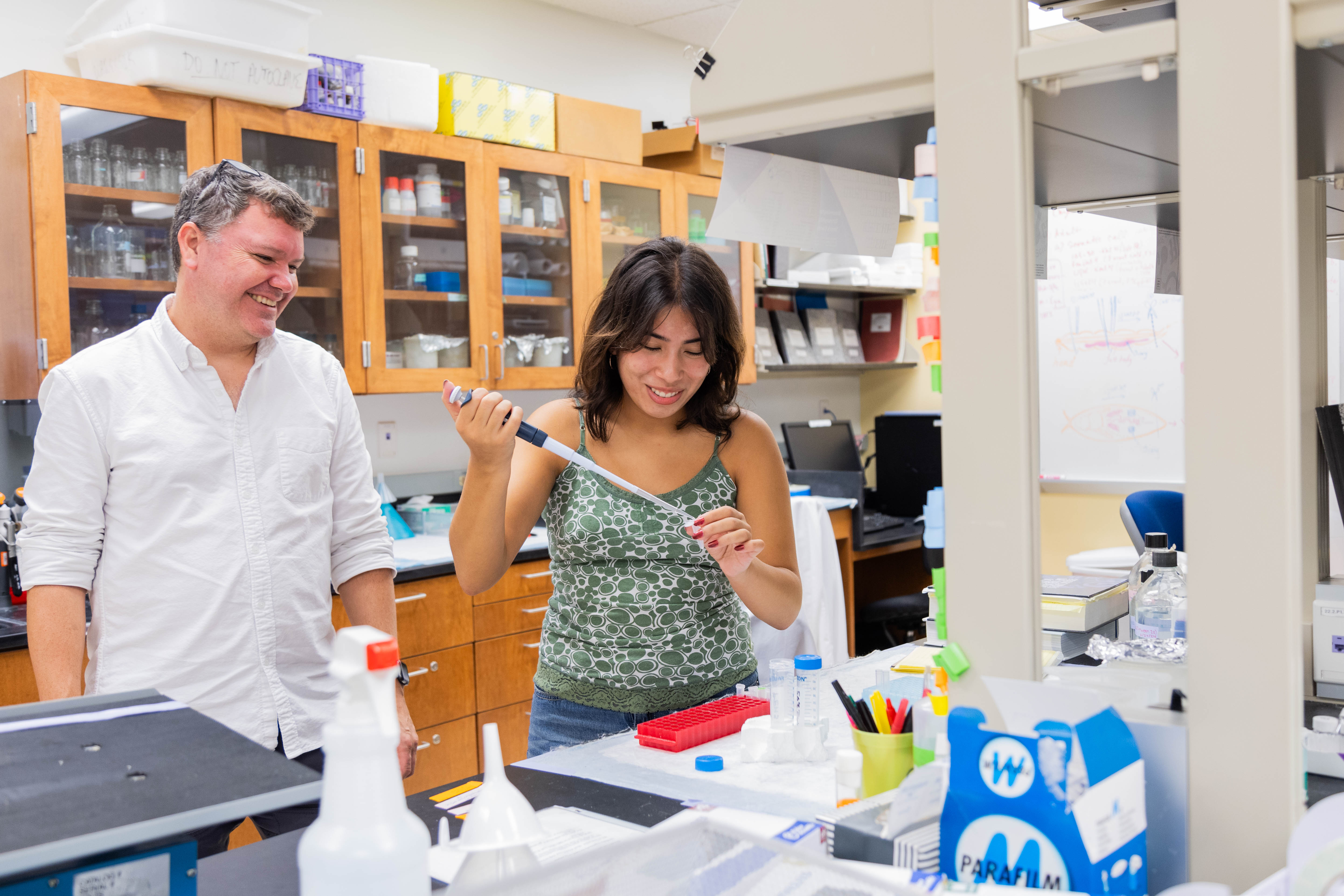 Each summer William & Mary students from different backgrounds with diverse academic interests come together in a vibrant community centered on a shared passion for research.
Each summer William & Mary students from different backgrounds with diverse academic interests come together in a vibrant community centered on a shared passion for research.
Though their interests, majors, and topics may differ, for many undergraduates, it is complimentary on-campus housing – and the community that it creates – that makes a summer dedicated to mentored research possible.
Last summer the university provided 127 beds to students representing 21 departments and programs. As the cost of housing continues to increase, university leaders are working to secure sustainable support for William & Mary's summer research community moving forward, according to Dean of the Faculty of Arts & Sciences Suzanne Raitt.
Raitt explained that Arts & Sciences, along with campus partners including the Office of the Provost, the Office of the Vice Provost for Research and Graduate/Professional Studies, and the Global Research Institute, are committed to securing the necessary resources to continue providing this important opportunity for students, including through external granting agencies and private philanthropy. 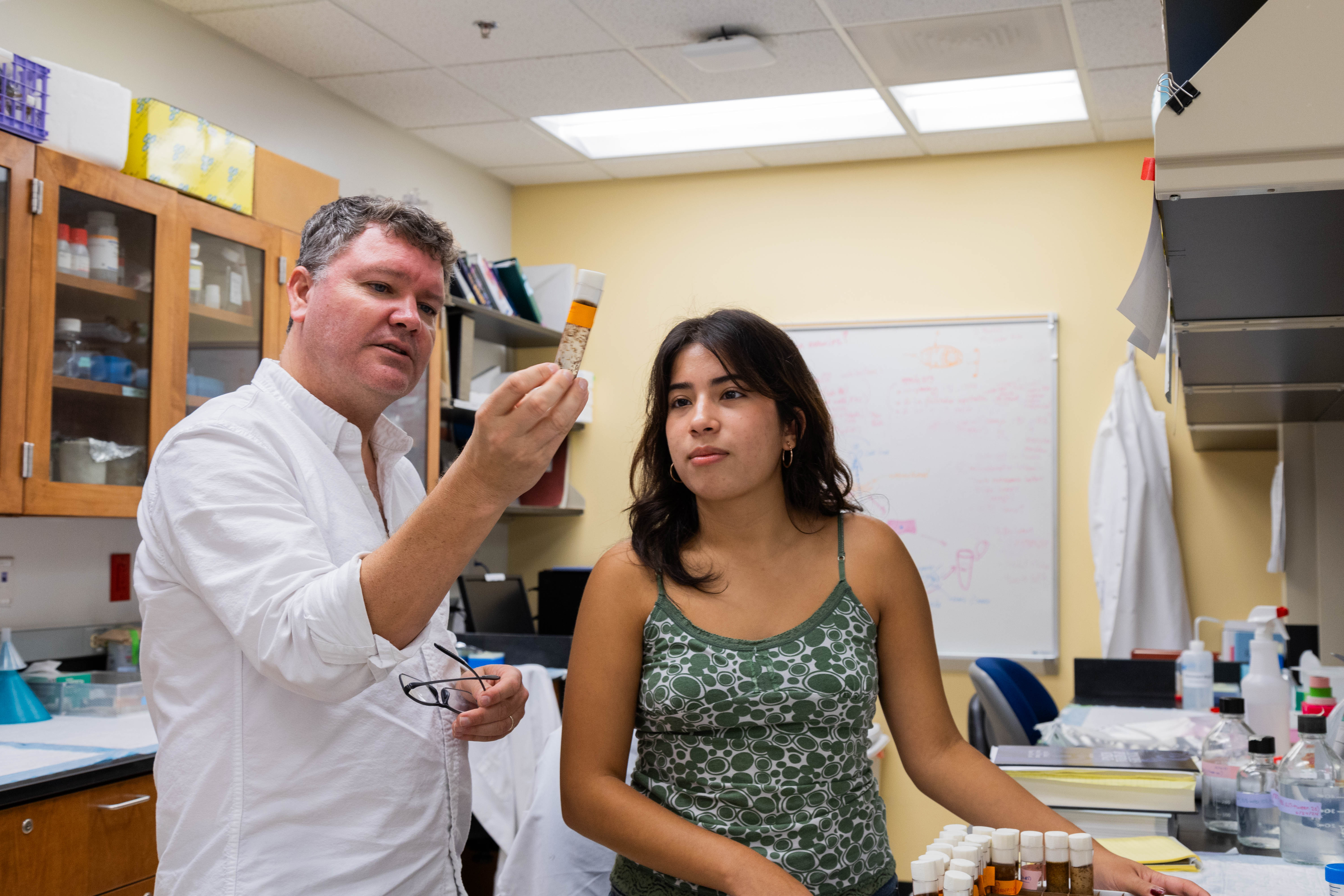 “One of the things that makes William & Mary so special is the close faculty-student research mentorship that happens here, whether during the academic year or over the summer,” Raitt said. “This is an opportunity for those who are passionate about the university to support the distinctive mentor-mentee connection directly."
“One of the things that makes William & Mary so special is the close faculty-student research mentorship that happens here, whether during the academic year or over the summer,” Raitt said. “This is an opportunity for those who are passionate about the university to support the distinctive mentor-mentee connection directly."
"With complimentary housing, we can provide valuable hands-on research experiences to many students who would otherwise be unable to spend their summers on campus. Students in the program can devote themselves full-time to research without having to worry about an additional job to pay for rent or transportation,” Raitt said.
Dr. Matt Wawersik, associate professor of biology and one of the 68 faculty who mentored student researchers last summer, says this program enables students “to gain essential hands-on experience while allowing them to save money toward tuition and other living expenses.” Without it, Wawersik adds, “Many students would be required to take jobs in retail rather than gain career experience which will help them advance in their chosen field.” 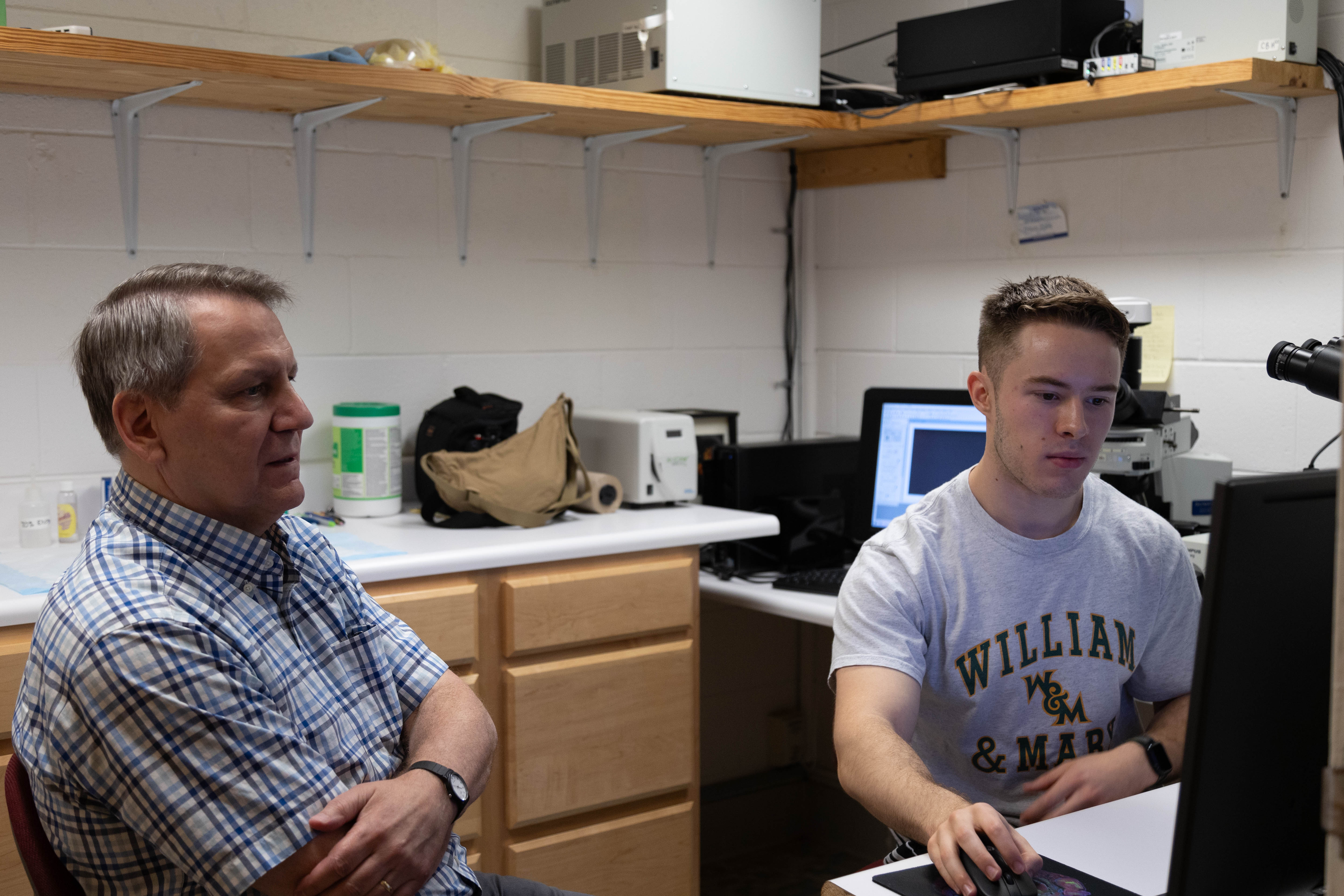 Max Rackley ’25, a neuroscience major who researched neuromuscular design alongside professor of kinesiology Michael Deschenes over the summer, detailed how the program gives students the unique freedom of exploring their research interests full-time, an opportunity many students don’t get during the semester when they are juggling classes, extracurriculars, paid employment and research.
Max Rackley ’25, a neuroscience major who researched neuromuscular design alongside professor of kinesiology Michael Deschenes over the summer, detailed how the program gives students the unique freedom of exploring their research interests full-time, an opportunity many students don’t get during the semester when they are juggling classes, extracurriculars, paid employment and research.
For many students, housing accessibility was the deciding factor in their decision to take on summer research. Rackley said definitively, “If I didn't get funding, I would not have been able to work in the lab this summer.” 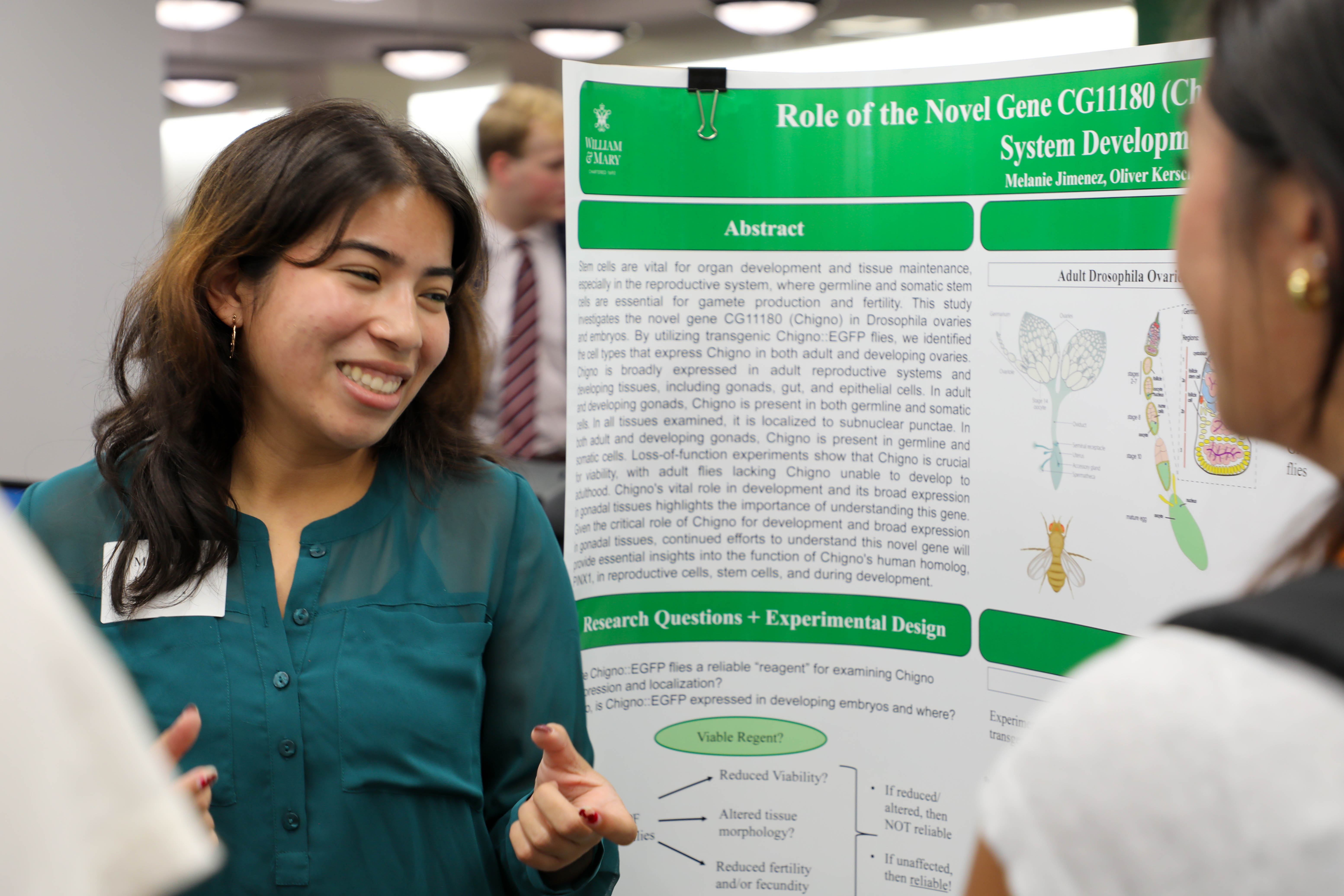 Melanie Jimenez ’26, a student researcher working with Prof. Wawersik on the maturation cycle of fruit flies, said that the free housing program was helpful because not all students have the resources to pay for an on-campus bed over the summer.
Melanie Jimenez ’26, a student researcher working with Prof. Wawersik on the maturation cycle of fruit flies, said that the free housing program was helpful because not all students have the resources to pay for an on-campus bed over the summer.
“I feel like there's a huge push into doing research,” Jimenez said. “Some people don't have the same factors and advantages that other people have to be able to afford housing for the summer.”
Even with her desire to continue her on-campus research, Jimenez says without the program’s alleviation of her housing burden, she “wouldn't have done it this year.
At its core, chemistry professor Robert Hinkle, who serves as vice-dean of natural, physical, and computational sciences & interdisciplinary studies, said, “It's an equity issue. Not everybody comes from a family who can afford to pay for an apartment for the year where they can stay for the summer. Or can pay even for subletting an existing apartment that another student has.”
Hinkle mentioned that the program is more important now than ever, especially as the university seeks to diversify their student profile in the coming years, including efforts to reach out to students from more economically diverse backgrounds.
By giving voice to how the program bridges the gap between the students who can afford to take on summer research without complimentary housing, and those who cannot, faculty and students highlight the crucial role the university’s program plays in advancing equity on campus.
According to Prof. Deschenes, this program benefits both professors and students alike by fostering impactful relationships that shape their collective work.
“It’s a wonderful program,” Deschenes said. He thanked his student researchers for the work they have allowed him to do, adding that a summer research community is key to building the kind of mentor-mentee relationships required to sustain a vibrant research university. 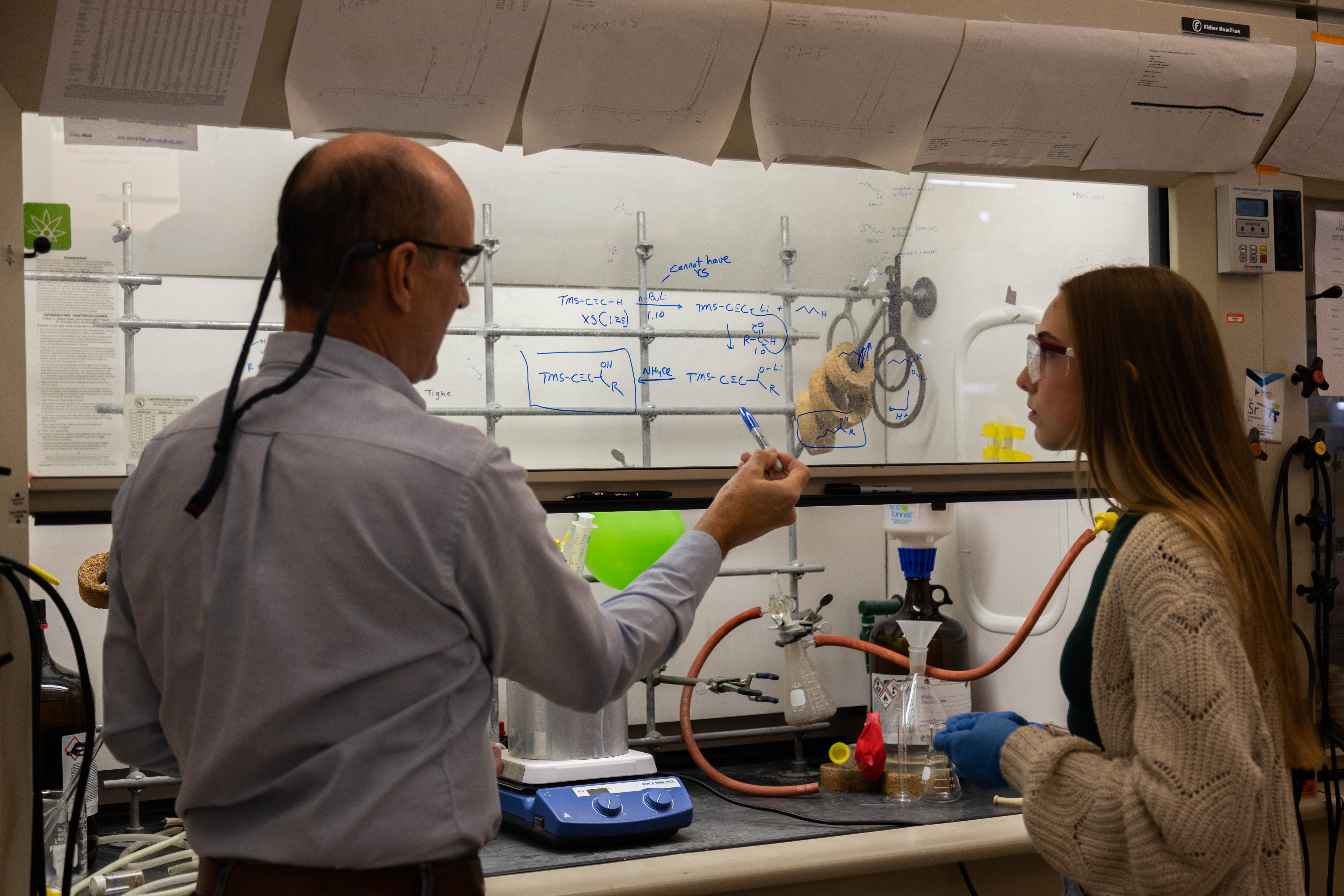 Isabelle Westlake ’26, a chemistry and neuroscience double major, also spoke of the program as a source of empowerment and community.
Isabelle Westlake ’26, a chemistry and neuroscience double major, also spoke of the program as a source of empowerment and community.
“I definitely think that it was crucial for me to be able to stay and really, really helpful,” Westlake said, referring to the complimentary housing she received to work in a campus lab last summer. “I kind of went in not knowing a whole lot. And then by the end of the summer, I felt really comfortable and capable in lab.”
For Westlake, the program fostered an environment of engagement and connection, both within her work and among her peers. She commented on the vibrant community of her dorm, saying that “the RAs are still really engaged with their residents and they put on multiple events through the summer to just foster that community that we love to have.”
Though complimentary research housing is slated to continue next summer, it is currently capped at 100 beds. It is likely that demand will exceed capacity, and university leaders are working hard to secure new commitments to support the university’s summer research community, according to Raitt.
“Being able to provide complimentary research housing for students who require it not only makes research happen over the summer but provides a critical ingredient to campus intellectual life that benefits our community year-round,” Raitt said.



















